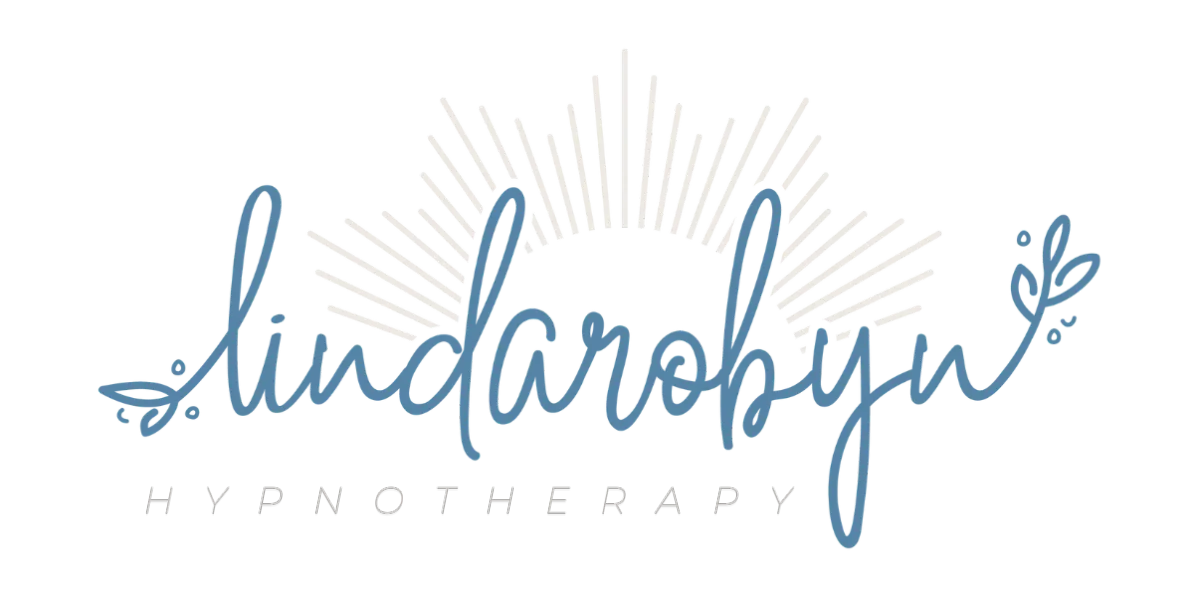Mind-body musings
And Other Useful Resources

What is EMDR?
“Changing the memories that form the way we see ourselves also changes the way we view others. Therefore, our relationships, job performance, what we are willing to do or are able to resist, all move in a positive direction” - Francine Shapiro
Introduction
You may have heard of EMDR, or eye movement desensitisation and reprocessing, but what is it really? EMDR is a widely researched, evidence-based form of psychotherapy increasingly popular for its effectiveness treating a wide range of traumas and disturbances. It was developed by clinical psychologist Francine Shapiro PhD in 1987.

Processing our traumatic memories and experiences promotes new perspectives, healing, growth and change 💓
What is EMDR?
Eye Movement Desensitisation and Reprocessing (EMDR) is an increasingly popular and extensively researched evidence-based form of psychotherapy, widely recognised for its effectiveness for resolving symptoms associated with traumatic and disturbing life experiences.
EMDR, developed by clinical psychologist Francine Shapiro (PhD) in 1987, is used to facilitate processing and integration of traumatic material, such as memories, feelings, perceptions, beliefs and bodily sensations associated with traumatic events and experiences. It is a solution-focused, brief and strategic form of therapy.
How does it work?
While our brains naturally process our upsets and traumas, negative and intense or overwhelming emotional experiences can result in a variety of biochemical and psychological imbalances, which can affect our memory storage. When this happens, persistent defence mechanisms and faulty coping strategies can interfere with our brain’s natural processing, resulting in traumatic material being kept in a dissociated or fragmented state (blocked from reintegration). This can lead to symptoms we commonly associate with traumas and disturbances.
EMDR is understood to effectively facilitate the ‘unblocking’ of the brain’s natural processing, in ways that allow for reintegration of previously inaccessible images, feelings, emotions, beliefs, perceived meanings and bodily sensations. Using specific visual, auditory and kinaesthetic (VAK) bi-lateral stimuli (BLS), appropriately trained EMDR therapists can employ a range of specific protocols that support new and desired perspectives, beliefs, learning, growth and healing.
In EMDR, therapist and client work co-creatively to identify and process the ‘node’ or ‘target’ relative to a traumatic memory, event or experience. As we all know, healing is not linear, and each healing pathway is as unique as we are. Prioritising safety each step of the way, appropriately trained EMDR therapists will ensure adequate stabilisation and resourcing that optimises clients’ capacity, capability and readiness for achieving desired outcomes.
Bilateral stimuli can include a range and combination of visual (e.g. eye movements), auditory (e.g. clicking, clapping, etc) and tactile/kinaesthetic (e.g. butterfly taps / butterfly hugs).
Nowadays, a range of digital options are also available to support effective online EMDR facilitation.
What is EMDR used for?
EMDR is used for desensitisation and reprocessing of a wide range of traumatic and disturbing events, experiences and memories, including:
Past, recent and ongoing traumas
Post-traumatic stress disorders (PTSD)
Complex PTSD (cPTSD) and childhood traumas
Performance anxiety
Phobias
Panic disorders
Self-sabotage
Blockages, emotional and/or mental
Chronic pain, emotional and/or physical
Weight management
Eating disorders
Smoking cessation
More
Additionally, EMDR can be applied with the Resource Development and Installation (RDI) Protocol to install internal resources (akin to ego strengthening in hypnotherapy), which is a stand-alone approach for installing and strengthening connections to functional positive memory networks, with the aim of enhancing affective, cognitive and behavioural coping skills.
EMDR is highly integrative and complementary to a wide range of therapies, including clinical hypnotherapy.
Is EMDR ever contraindicated, or not recommended?
Yes, as with clinical hypnotherapy and the range of therapies with which I am skilled, EMDR has some known specific instances or conditions for when it is contraindicated, or not advised. Make sure to always working with an appropriately trained practitioner and if they advise EMDR is not for you, please don’t take it personally.
This includes:
Severe dissociative disorders
Suicidal or violent tendencies
Low tolerance for intense emotion
Unknown causes of intense pain
Very old or frail
Suspected cardiac or respiratory problems
Epilepsy
6 months post-partum or at risk of PND
While wearing contact lenses, bifocal or varifocal glasses (for visual stimulation i.e. eye movements; adjustments and alternatives may be recommended)
Eye pain when tracking visual eye movement (for visual stimulation i.e. eye movements; adjustments and alternatives may be recommended)
Detached retina / glaucoma (for visual stimulation i.e. eye movements; adjustments and alternatives may be recommended)
So, there you have it! The 411 on EMDR, or Eye Movement Desensitisation and Reprocessing.
If this is of interest to you and you’d like for us to start work together, you can book your initial consult here.
LR x

Explore
On Social
lindarobyn.com - All Rights Reserved - Web Terms - Privacy Policy - Hypno Terms - membership terms
Linda Robyn Hypnotherapy © 2024-25

